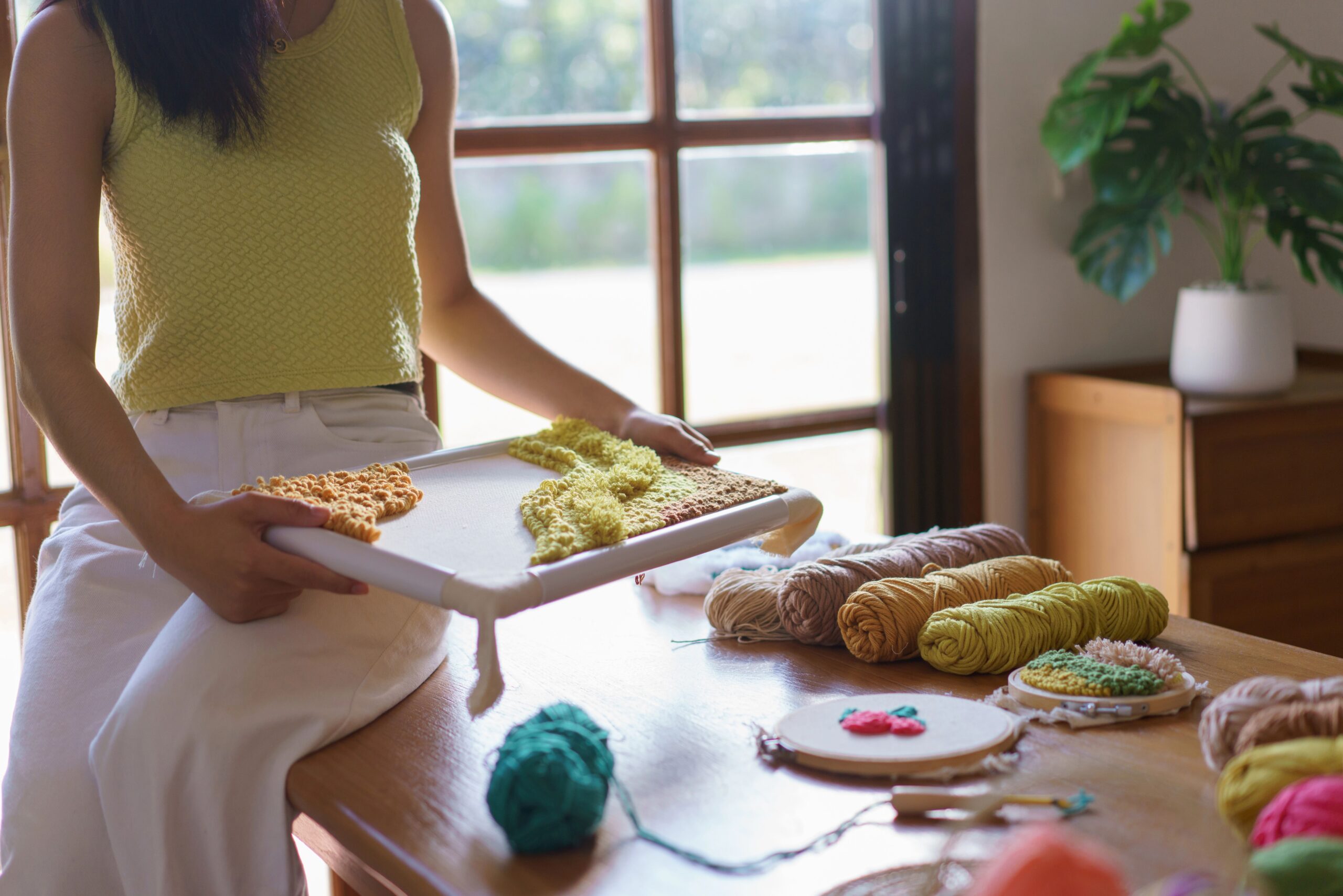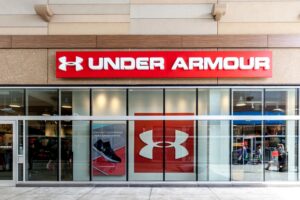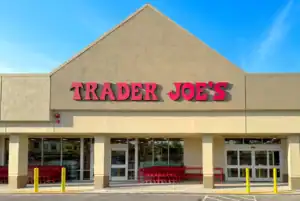
snowing/Depositphotos.com
November 19, 2025
How Successfully Can Arts and Crafts Retailers Capitalize on a ‘Grandma Hobbies’ Trend?
With a proliferation of so-called “grandma hobbies” trends popping up in recent days — in fact, all throughout 2025, as evidenced by USA Today, Good Housekeeping, and Parents — it may come as little surprise that Yelp’s most recent 2026 Trends Forecast reinforced this apparent cultural trend with some data points.
According to the forecast, the following search terms showed signs of notable growth thus far in 2025, with no sign of losing traction as the end of the calendar year approaches:
- Sewing fabric stores (searches being up a whopping 3,771% for this specific term).
- Quilting supplies (up 531%).
- Tufting class (up 480%).
- Crocheting classes (up 220%).
- Needlepoint shops (an improvement of 173%).
- Weaving classes (up 36%).
- Knitting groups (trending upward by 26%).
- Scrapbook (up 96%).
- Yarn shops near me (up 169%).
“Americans are embracing digital detoxes and dopamine-boosting activities to unplug and unwind, and now they’re turning toward hands-on crafts and hobbies that have tangible results,” Yelp wrote, noting that the data was pulled in a comparative analysis spanning September 2024 through August 2025.
Are Arts and Crafts Retailers Doing Enough to Actively Court Consumer Interest Trending in Their Direction?
The above figures appear to be good news for U.S. arts and crafts retailers, with the segment having recently seen the exit from the market, and then acquisition, of JOANN by Michaels — but can Michaels, and smaller retailers in the same space, turn passive interest into active spend at the tills?
Michaels, at least, appears to be making a concerted push to bring would-be crafters into its ecosystem, most recently announcing in-store crafting events each Saturday and Sunday in December, for two hours on each day, “to help families stay stress-free and build connection during the busy holiday season.”
After first giving mention to an extensive array of discounts and promotions hinging around the spend-heavy holiday season, Michaels CEO David Boone made sure that this relationship-building effort was front and center in the company’s messaging.
“Above all, though, we want to help our customers celebrate the magic of the holiday season by creating opportunities for connection, creativity and celebration right in our stores,” Boone said.
Michaels currently runs a variety of in-store and online crafting classes and DIY tutorials, indicating that this has become a major channel of interest for the retailer. And while competitors such as Hobby Lobby do offer classes — in certain locations, and seemingly on a more ad hoc basis, while also offering a basic online DIY portal — it appears that Michaels is taking the lead in this regard, with others playing catch-up.
Discussion Questions
Is Michaels doing enough to cultivate loyalty with a new, and apparently growing, generation of arts and craft supply consumers? What other angles might it consider?
How can arts and crafts retailers best capitalize on a trend pointing toward its primary product offering?
Poll
BrainTrust
Nicholas Morine
Recent Discussions







“Digital detox..dopamine boosting” Really?
I’m a little perplexed with the direction this article took: the title – and the first few paragraphs – were a general discussion of the segment’s marketability; but then it turned into (and ended) only about Michael’s. So which is it? And why should we think retailers aren’t (already) capitalizing on this? Absent some evidence to the contrary, weird questions.
Michaels could engage younger consumers by partnering with popular craft influencers.Social media platforms enable these influencers to reach a broader audience through creative ways of promoting Michaels’ products.The collaboration could include tutorials, DIY projects, and exclusive product lines that appeal to both the influencers’ followers and Michaels’ target market.